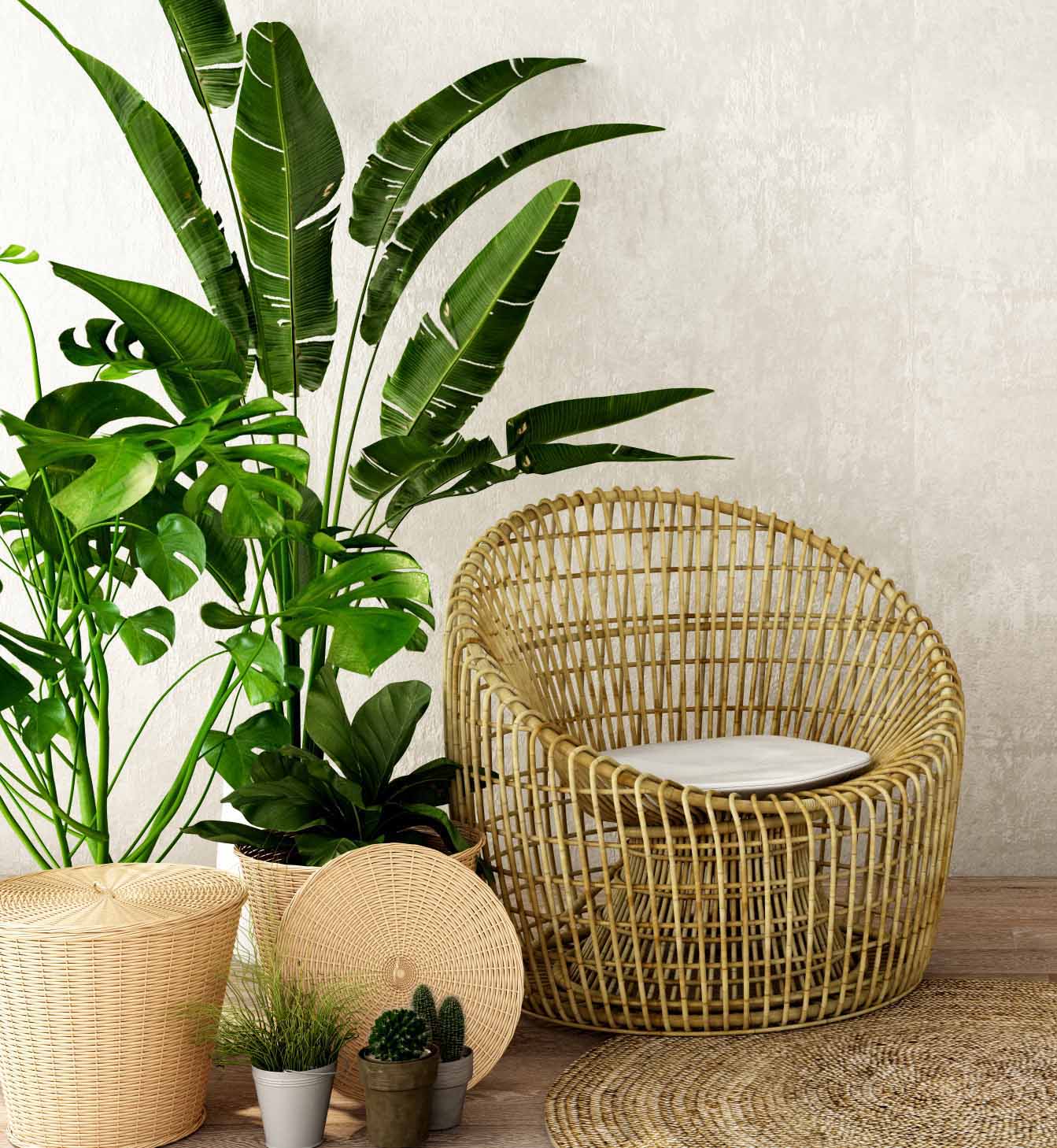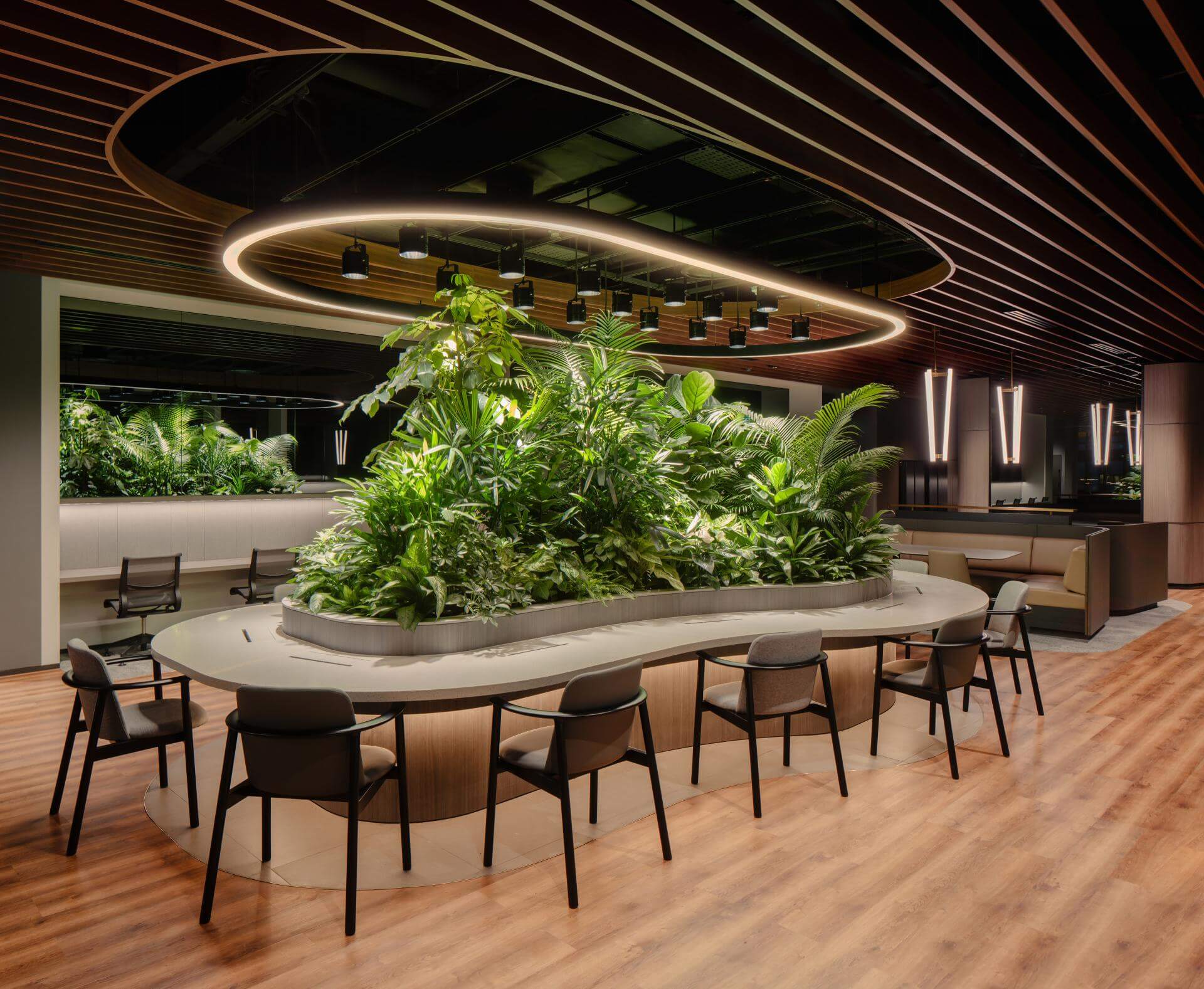Table Of Content

Physiological responses encompass our aural, musculoskeletal, respiratory, circadian systems and overall physical comfort. Physiological responses triggered by connections with nature include relaxation of muscles, as well as lowering of diastolic blood pressure and stress hormone (i.e., cortisol) levels in the blood stream (e.g., 25. Park et al., 2009 ). Short term stress that increases heart rate and stress hormone levels, such as from encountering an unknown but complex and information-rich space, or looking over a banister to 8 stories below, is suggested to be beneficial to regulating physiological health (26. Kandel et al., 2013 ). During this period, the size of urban agglomerations grew, and now, they are inhabited by more than half of the world’s population (Worldbank, 2019). In urban environments, visible Nature has almost disappeared, even if not completely (Beatley, 2011) and consequently, the natural stimuli useful for developing biophilia have been reduced (Berto and Barbiero, 2017a). Affiliation for Nature is an emotional bond with specific forms of life that takes place in certain circumstances (Wilson, 2002, p. 134).
City-scale
Windows in particular should afford views from clinical areas onto landscapes and the outside world, appropriate natural light exposure without glare, natural airflow, and safety (Study 1, Study 3). For all users, it appears crucial to protect them from overstimulation such as overpowering scents, noise, loud sounds, allergy-inducing and toxic plants, adverse comfort conditions, and high-low temperatures coming from overexposure to the sun or shade (Study 1, Study 3). The goal of this study is to provide an account of the generated knowledge from users’ experiences in order to better inform human-centered policy and design by proposing a biophilic design framework specific to healthcare settings in the UK context. This article specifically discusses a systematic review conducted to identify, compare, and synthesize the published scholarly literature on biophilic design parameters and their impact on human health and well-being within clinical therapeutic environments from the user’s perspective. The Refuge pattern has evolved from research on visual preference research and spatial habitat responses, and its relationship to [P11] Prospect conditions. Refuge conditions are important for restoration experiences and stress reduction, which can be realized through lowered blood pressure and heart rate.
1 Nature in the Space
Wilson also saw biophilia as a natural force that could be used to combat worldwide loss of biodiversity. A significant body of research tells us that, as a species, we are still powerfully responsive to nature’s spaces, forms, sounds, and patterns (Kellert, Heerwagen and Mador, 2008). Unfortunately, the benefits from regular contact with nature are under threat due to climate change and its impact on natural systems. This situation has created a growing sense of urgency that leads us to seek out nature as a source of health and resilience in the face of adversity. Biophilia is the “love of life, living things”, plants, animals, insects, us, air, flowers, sounds, and textures…. In interior design this is often represented directly, for instance by bringing plants in, encouraging natural light and fresh air or by its virtual representation or mimicking of nature, such as printed views, using colours from nature, soundscaping or improving acoustics.
Five ways to practice biophilic design, at any budget
Wilson, both of whom agree that biophilia has a biological basis and that it is fundamental to develop harmonious relationships between humans and the biosphere. This review aims at establishing a definition of biophilia as an evolutionary process. To this end, the most significant studies of evolutionary psychology were considered, to outline the fundamental characteristics of a hypothetical biophilic temperament/personality and to reconstruct a plausible history of biophilia as an evolutionary process. This process considers different typologies of Nature (wilderness, rural, and urban) and human cultures (Paleolithic, Neolithic, and Burg) and leads us to consider environmental preference and psycho-physiological recovery in relation to the threshold of time spent in contact with Nature.
Access this chapter
The façade and internal layouts are designed to enhance daylight and light/shade variability while reducing glare. Connecting, elevated exterior walkways also provide access to breezes, shade and solar heat. The objective of the Non-Rhythmic Sensory Stimuli pattern is to encourage the use of natural sensory stimuli that unobtrusively attract attention, allowing individuals’ capacity for focused tasks to be replenished from mental fatigue and physiological stressors. This can be achieved by designing for momentary exposure to the stochastic or unpredictable movement, particularly for periphery vision or the periodic experience of scents or sounds. In an experiment using a synthesized sound that replicated the waves and traffic sound pattern, researchers observed that participants processed the synthesized sound in different portions of the brain depending on whether they were also watching a video of either waves or vehicle traffic (Hunter et al., 2010). Participants considered the sound to be pleasurable when viewing the video of waves, but not when viewing the video of traffic.

Did you know we also offer a networked consultancy service, advising on the benefits of Biophilic Design from an academic viewpoint, and broker experts from architects to environmental psychologists, designers to landscapers to support your projects, whether that’s commercial, home, hospital, wider healthcare or education design. “A room just feels homier with a plant or two,” says Stafford, who has clients that request entire rooms built around their plants with special tables, lighting, and humidifiers. “A room feels alive when you add greenery.” If your thumb isn’t, ahem, the greenest, choose sturdy houseplants that are more forgiving to newbies, such as snake plant, pothos, monstera, and pilea. Save the more demanding plants, such as fiddle leaf fig and ficus, for when you gain experience.
Sustainable Futures Podcast Better Buildings through Biophilic Design Bill Browning - Living Architecture Monitor magazine
Sustainable Futures Podcast Better Buildings through Biophilic Design Bill Browning.
Posted: Mon, 18 Dec 2023 08:00:00 GMT [source]
In the narrow streets of Vienna, Austria, restaurants rent parking spaces for the entire summer and set up tables and temporary landscaping to provide outdoor dining. This brings nature into the urban core and within walking distance to a greater number of people, opening up the possibility for micro-restorative experiences. In rural environments, human-nature interactions are abundant, and this regular exposure to nature has restorative qualities that we perhaps take for granted. Suburban settings are typically rife with intuitively applied biophilic design; the suburban yard with shade trees, grass, low shrubs, and beds of flowers is essentially an analogue of the African savanna. Porches and balconies offer more than just quaintness and real estate value; many suburban homes and urban rowhouses are raised 18 inches or more, creating a Prospect-Refuge condition with views from windows, stoops and porches. The potential human health benefits are undervalued in high-density settings where residential towers with balconies are both limited and only available to high-paying tenants.
Bringing the beauty of nature to you
The key issue is that some designed environments are well-adapted (supporting long term life) and some are not. So while golf courses and suburban lawns may be a savanna analogue, in many cases they require intense inputs of water and fertilizer and thus are unfortunately unsustainable design practices. The relationship with Nature changed in the Neolithic, which covers approximately 5% of humanity’s evolutionary history (Larson et al., 2014; Stephens et al., 2019). After the invention of agriculture (Purugganan and Fuller, 2009) and animal breeding (Larson and Fuller, 2014), about 14,000 years ago (Arranz-Otaegui et al., 2018), humans began to distinguish domestic Nature (good) from wild Nature (bad). The biophilic trait may have entered an adaptation and exaptation cycle (Gould and Vrba, 1982) to develop new forms of adaptation and promote its better use based on the demands of the new Neolithic lifestyle.
Decades of research show that affiliation with nature, whether outside or indoors, can enhance our physical, social and emotional health and boost performance. Biophilic design translates our evolved propensity to affiliate with nature into strategies for improving health, well-being, and performance in the built environment. The brief review above shows that biophilic features have numerous positive benefits including stress reduction, enhanced emotional functioning, improved cognitive performance, social engagement, and better sleep.
Connection with Natural Systems is the awareness of natural processes, especially seasonal and temporal changes characteristic of a healthy ecosystem. A space with a good Dynamic & Diffuse Light condition conveys expressions of time and movement to evoke feelings of drama and intrigue, buffered with a sense of calm. A space with good Thermal & Airflow Variability feels refreshing, active, alive, invigorating and comfortable. Non-Rhythmic Sensory Stimuli are stochastic and ephemeral connections with nature that may be analyzed statistically but may not be predicted precisely. As a cultural theory, it can somewhat explain the variations in landscape preferences between social classes. For instance, college students are reported to have more favorable attitudes towards wilderness than secondary school students (139. Balling & Falk, 1982 ).
Fractals are also evident in such well-known works as those of Botticelli, Vincent van Gogh, and Jackson Pollock. The lobby of the Bank of America Tower at One Bryant Park in New York (COOKFOX Architects, 2009) is a good example of a diverse application of Material Connections with Nature. The interior lobby walls are clad with Jerusalem Stone – the tiles with the highest fossil content were intentionally placed at the corner where they would be most encountered and even touched by passersby. Leather paneling in the elevator lobby is warm in color, providing a sense of calm for people as they wait for their ride, and soft to the touch, from which the patina has begun to show. There are essentially two approaches to applying Biomorphic Forms & Patterns, as either a cosmetic decorative component of a larger design, or as integral to the structural or functional design.
Still, incorporating natural elements into your home design makes you more likely to feel why protecting nature is essential. Even living near a park can boost your mental health – and increase your feelings of security. Neighborhoods with access to nature report less crime and enjoy increased property values compared to communities encased by other buildings or businesses. Whether you are building a new house or decorating your current one, there are a few ways to enjoy the many physical and mental health benefits of a greener space. Yet less attention has been paid to other sensory systems in biophilia research.
A suitable solution results from understanding local conditions and one space’s relationship to another, and responding appropriately with a combination of design interventions to suit the unique needs of a space and its intended user group and programs. Behavior change is not often in the purview of the architect, so designing for controllability versus automation or permanency may inform the intervention design process. Maintenance of implemented strategies is also a consideration – will there be someone responsible for cleaning the fish tank and watering the plants? Having trainings and discussions with facility operators and a reference guide indicating appropriate maintenance requirements and parameters will help uphold the intended biophilic experience set forth in the design strategy. Youth benefit the most from nature contact in terms of increasing self-esteem. The gains for self-esteem from nature contact are suggested to decline with age; elderly and youth benefit the least in terms of mood enhancement from nature contact (132. Barton & Pretty, 2010 ), yet both groups are equal in perceived restorativeness of natural over urban environments (133. Berto, ).
Biophilic design can reduce stress, enhance creativity and clarity of thought, improve our well-being and expedite healing; as the world population continues to urbanize, these qualities are ever more important. Theorists, research scientists, and design practitioners have been working for decades to define aspects of nature that most impact our satisfaction with the built environment. “14 Patterns of Biophilic Design” articulates the relationships between nature, human biology and the design of the built environment so that we may experience the human benefits of biophilia in our design applications. Given the increased information supporting the benefits of biophilic design, organizations are beginning to incorporate the concept into their standards and rating systems to encourage building professionals to use biophilia in their projects. As of now, the most prominent supporters of biophilic design are the WELL Building Standard and the Living Building Challenge. While biophilic design focuses on nature, it doesn't mean technology should be left behind.

No comments:
Post a Comment